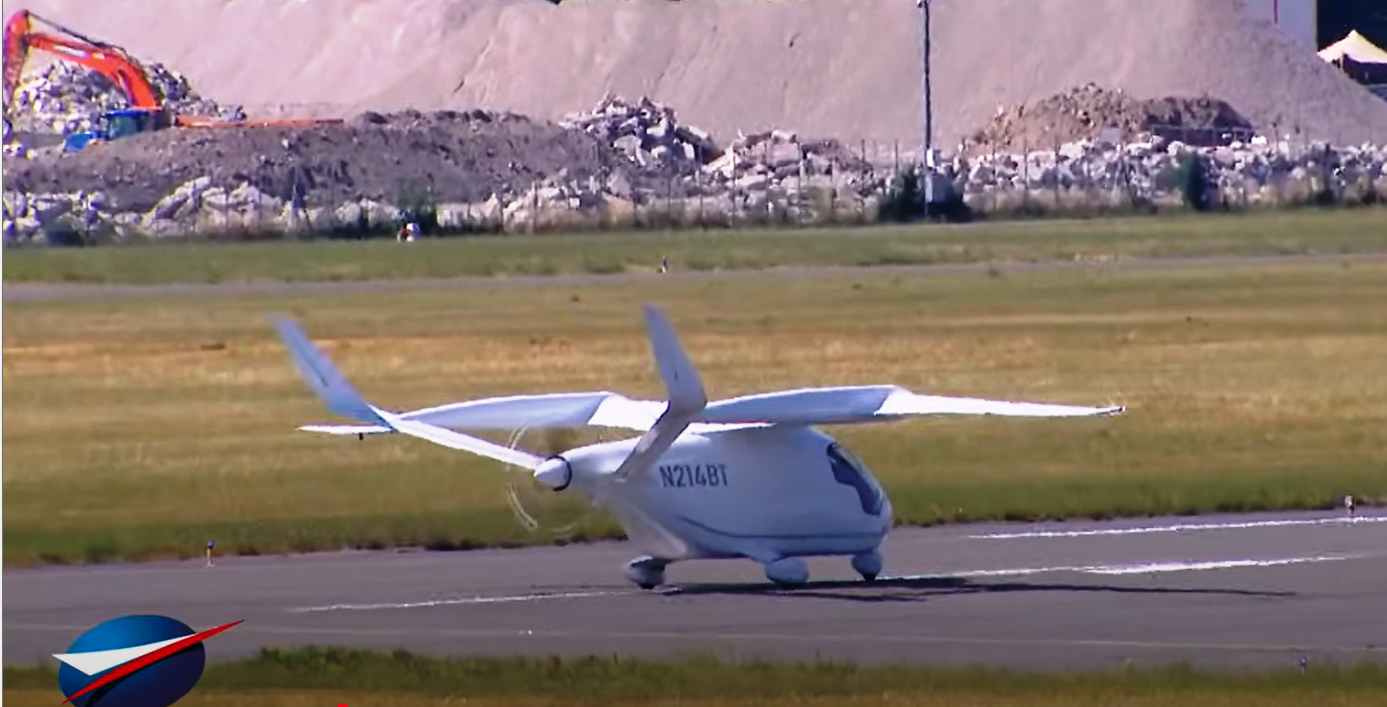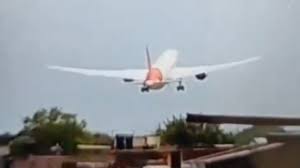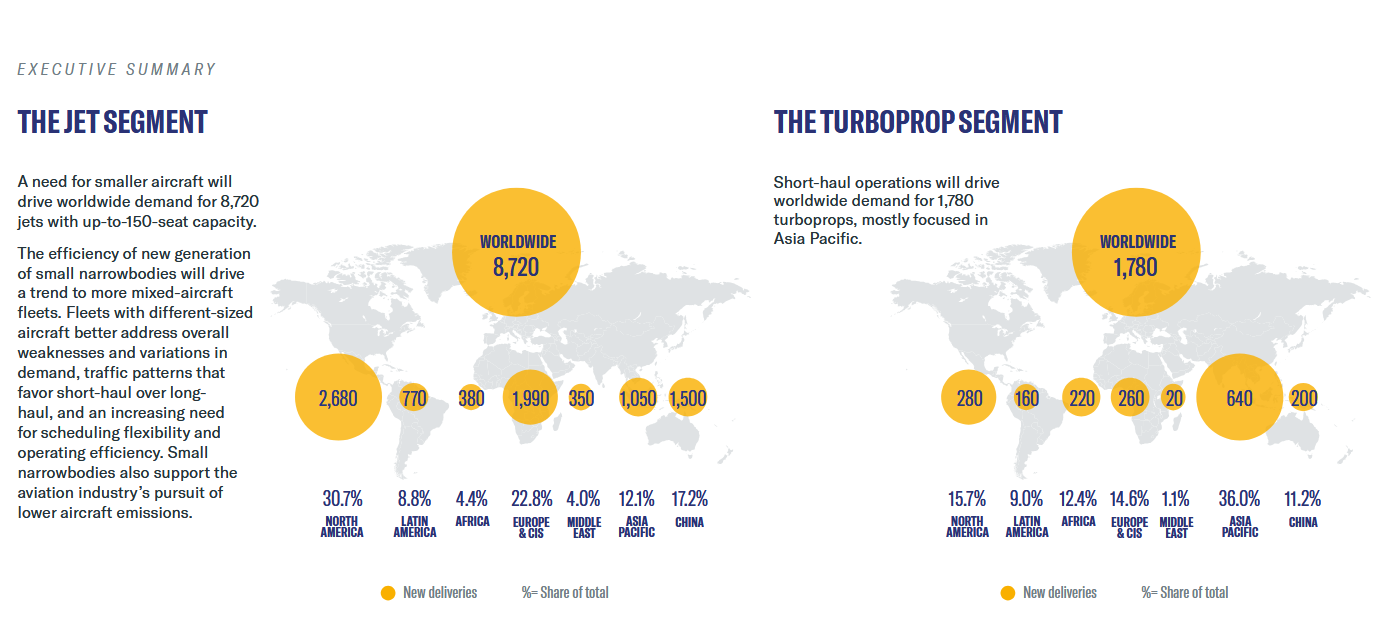Leeham News and Analysis
There's more to real news than a news release.
Electric Flight and the Ugly Duckling
By Bjorn Fehrm
June 25, 2025, © Leeham News at Paris Air Show: The low or no emission propulsion discussion started at the 2014 Farnborough Air Show when Airbus’ E-Fan prototype flew in front of a surprised crowd. Everyone then thought that low-emission electric propulsion aircraft would be common before 2020.
It took 11 years and as many air shows before a certifiable battery-electric aircraft would fly again at an air show, this time at the 2025 Paris Air Show (Figure 1). Of the over 100 announced projects to develop and produce a battery electric passenger aircraft, it was the Alia CX300 from BETA Technologies that succeeded.
The story of BETA Technologies’ Alia CX300 is, in many ways, the story of the Ugly Duckling that grew to become a White Swan.
Engine makers tout “Plan A” but have “Plan B” backups in R&D
Subscription Required
By Scott Hamilton
June 23, 2025, © Leeham News, Paris: CFM International touts its Open Fan RISE engine as the wave of the future. (CFM is a 50-50 joint venture between GE Aerospace and Safran.)
Rival Pratt & Whitney says evolution of its Geared Turbo Fan is the best engine choice going forward.
Neither company will admit that it is also researching and developing a Plan B engine. For CFM, this is a conventional turbofan. For PW, this is a new Open Fan. But during the Paris Air Show, LNA confirmed that both have a Plan B engine in development.
PW has gone out of its way to dismiss the very idea of an Open Fan engine. Rick Deurloo, the president of Pratt & Whitney Commercial, won’t even talk about the “competitor.” Deurloo makes it clear—publicly, at least—that an evolution of PW’s Geared Turbo Fan (GTF) is the best solution for the next generation engine for the single aisle market, in its view.
Mike Winter, RTX’s Chief Engineer, dismissed the Open Fan as “sub-optimal” on a successor to the Airbus A320neo and Boeing 737 MAX families. It involves too many installation compromises on this size aircraft, he says. RTX is the parent of PW.
But, says one person with direct knowledge, PW fully understands that if CFM is successful in solving all the challenges of an Open Fan and meets the publicly stated goal of improving fuel consumption by 20% compared with today’s GTF and CFM LEAP engines, PW’s gain of an evolutionary GTF won’t be competitive.
So, says the person with direct knowledge of PW’s activities, the development of an Open Fan alternative engine is being worked on as PW’s Plan B.
Furthermore, PW’s sister company, Pratt & Whitney Canada, publicly disclosed its development of an Open Fan engine in a briefing on Tuesday this week. This engine is for a new 70-100-seat aircraft designed by the start-up company MAEVE. PW is following PWC’s development.
Bjorn’s Corner: Air Transport’s route to 2050. Part 27.
June 20, 2025, ©. Leeham News: We do a Corner series about the state of developments to improve the emission situation for Air Transport. We try to understand why development has been slow.
We have examined different ways to lower global warming over the course of the series. Over the last weeks, we have summarized what practical results we can expect from the different alternatives we have to reduce global warming from Air Transport. We looked at the following:
- Alternative, lower-emission propulsion technologies.
- The industry’s typical improvement in fuel consumption over time.
- The improvements that SAF can offer by 2050.
- The different Emission Trading Schemes (ETS) that exist globally.
- Finally, what warming contrail reductions can achieve.
Pontifications: A Personal Note
June 19, 2025, © Leeham News, Paris: The big news for LNA at this Paris Air Show this week had nothing to do with aerospace companies.
On Tuesday, it was jointly announced by AIN Media Group and Leeham Co LLC, parent of LNA, that AIN is acquiring LNA. We expect the transaction to close next month, awaiting documentation from the lawyers.
Leeham Co LLC and its other business, Leeham Consulting, remains with my partner, Bjorn Fehrm and me. We also remain with LNA. For the first time since 1989, I will report to a boss.
Talk about a mental adjustment.
Airbus books 142 firm orders as Boeing retracts from the Paris Air Show
By Bjorn Fehrm
June 19, 2025, © Leeham News at Paris Air Show: Boeing chose to scale down its participation at this week’s Paris Air Show out of respect for the victims of the Air India crash last week. This left Airbus and Embraer to announce new orders, with a total of 142 firm orders for Airbus and 60 for Embraer.
Outside the order activity for the three large airliner OEMs, it was a relatively quiet show, with few noteworthy announcements of advancements in areas such as Sustainable Aviation.
AIN Media Group Agrees to Acquire Leeham News & Analysis

From left, AIN Media Group Chairman Emeritus Wilson Leach; Leeham News Editor Scott Hamilton; AIN Media President Ruben Kempeneer; and Leeham News Aeronautical and Economic Analyst Bjorn Fehrm. Credit: AIN.
PARIS, JUNE 17, 2025 – AIN Media Group Inc (AIN), a global leader in aviation news, events and data, and Leeham Company LLC, a premier source for in-depth aerospace and airline industry insights, have reached an agreement in principle under which AIN will acquire Leeham News & Analysis (LNA), adding to AIN’s product portfolio. Completion of the transaction, anticipated to be in July, is subject to the execution of customary documentation.
For nearly two decades, Leeham News & Analysis has been a trusted authority, providing expert coverage of aircraft technology, economics, fleet planning, maintenance, repair and overhaul strategy, and market trends. The addition of Leeham’s specialized reporting and analytical expertise will enhance the depth and breadth of commercial aviation intelligence available to AIN’s global readership. Leeham News will continue to publish under its current brand.
![]() AIN Media Group founder and Chairman Emeritus Wilson Leach commented, “The Board of Directors is committed to the expansion of AIN as an essential resource for the global aviation industry. The acquisition of Leeham News is a huge milestone towards achieving that goal. It is a win for Leeham News, a win for AIN, but most importantly—it is a win for our customers and for the global aviation industry, which now has wider access to the most specialized aerospace reporting and analytical expertise available.”
AIN Media Group founder and Chairman Emeritus Wilson Leach commented, “The Board of Directors is committed to the expansion of AIN as an essential resource for the global aviation industry. The acquisition of Leeham News is a huge milestone towards achieving that goal. It is a win for Leeham News, a win for AIN, but most importantly—it is a win for our customers and for the global aviation industry, which now has wider access to the most specialized aerospace reporting and analytical expertise available.”
“Leeham News & Analysis has built an outstanding reputation for delivering sharp, insightful aviation reporting on the air transport and aerospace sectors,” said Ruben Kempeneer, president of AIN Media. “By bringing Leeham’s expertise into the AIN family, we are expanding our ability to provide readers with even more critical industry insights, expert commentary, and exclusive coverage of key aviation developments.”
Five for Five: Air India crash points to systemic problems at Boeing that CEO Ortberg must fix
By Scott Hamilton
June 15, 2025, © Leeham News, Le Bourget, France: The Paris Air Show was supposed to be another step, however small, in Boeing’s way back from six years from crisis after crisis, safety and quality concerns, criminal investigations, Congressional hearings and existential threats following two fatal crashes of the 737 MAX and the COVID-19 pandemic.
Boeing wasn’t bringing any MAXes, 777X or 787s to the air show. There would be no awe-inspiring flight displays. The cost wasn’t worth it given Boeing’s billions of dollars in losses in recent years.
Nevertheless, Boeing planned low-key executive appearances and media events.
And then, four days before the show was to officially begin tomorrow, Air India flight 171 crashed, killing 241 of 242 people on board and at least three dozen on the ground where the 14-year-old 787-8 pancaked in to a densely packed residential and educational area only two kilometers from the airport.
Videos of the event showed the 787 using up almost all of the 11,500 ft runway to take off in a cloud of dust (presumably the overrun area), barely climbing a few hundred feet, dipping and climbing slightly again before smoothly descending into an explosive ball of smoke and flame on impact out of view of the cameras.
The pilot radioed a Mayday with the terse message reporting power problems with the GEnx engines on the plane.
Very quickly pundits, pilots, armchair experts and even former crash investigators began hypothesizing on what went wrong. Theories ranged from pilot error, misconfigured flaps, dual engine failure, electrical failures and more. The only thing missing was an alien ray from outer space.
Airbus sees Boeing as medium-term competitor, with Comac next
By Scott Hamilton
 June 14, 2025, © Leeham News: Airbus and Boeing forecast a significant production gap during the next 20 years of more than 2,000 aircraft per year in their current outlooks released in conjunction with the Paris Air Show. The event begins Monday.
June 14, 2025, © Leeham News: Airbus and Boeing forecast a significant production gap during the next 20 years of more than 2,000 aircraft per year in their current outlooks released in conjunction with the Paris Air Show. The event begins Monday.
Neither company can fill this gap given their current production rates and the goals they have for the rest of this decade.
This means other manufacturers must step up. The question is who?
China’s Comac is current producing a competitor to the Airbus A320neo and Boeing 737 MAX, the C919. But the production rate is excruciatingly low.
Comac also has plans for a widebody airplane to compete with the Airbus A330-900 and Boeing 787. If past is prologue, development of this aircraft will be much longer than the target entry into service of 2029.
Embraer currently is the world’s third largest airliner manufacturer. However, its jets seat between 76- and 144 seat. The company is studying whether to enter the mainline jet sector, but the decision seems a year or more away.
Start-up JetZero wants to develop a Blended Wing Body aircraft for the 250-300 seat sector. But it has little money, no engine and, LNA believes, little hope of meeting the ambitious timeline of having a demonstrator aircraft by 2027.
In a media briefing on June 13, Airbus named Boeing as its medium-term competitor; China is most like to become one; Embraer is a question mark; and JetZero appears to be making little progress, in its view.
Boeing bullish on 20-year forecast, despite short-term headwinds
By Karl Sinclair
June 14, 2025, © Leeham News: The Boeing Company (BA) remains upbeat on its annual 20-year commercial aircraft projections, as the aviation industry comes to terms with the economic uncertainty of the current political climate.
Boeing projects a need for 43,600 aircraft over the next 20 years, with 75% of those being single-aisle jets.
This is a drop of 375 aircraft over the previous years outlook, in which the company foresaw a need of 43,975 over the same period. Most of the drop off has happened the wide-body segment, which will now need 7,815 planes, versus 8,065 in 2024, a decrease of ~3%.
Related story
Embraer’s 20-year market forecast under 150 seats: fewer turboprops, jets about the same
By Scott Hamilton
June 14, 2025, © Leeham News: Embraer’s 20-year market forecast for airliners with 150 seats or less shows a decline in anticipated turboprops and a jet outlook (100-150 jets) about the same as last year’s study.
The study was released days before the Paris Air Show, which begins Monday.
Embraer now sees a demand for 1,780 turboprops and 8,720 jets. Embraer and ATR, now the only new producer of turboprops outside China and Russia, previously forecast a demand for around 2,100 turboprops. A few years ago, Embraer appeared on a path to develop a new turboprop. It shelved the program, stating there wasn’t a new engine available.
Embraer’s current airliner family consists of the 76-seat E-175 E1, the 100-seat E-190-E2 and the 144-seat E-195-E2. Officials publicly acknowledged that Embraer is studying whether to enter the mainline jet segment of 180- to 230 seats.









